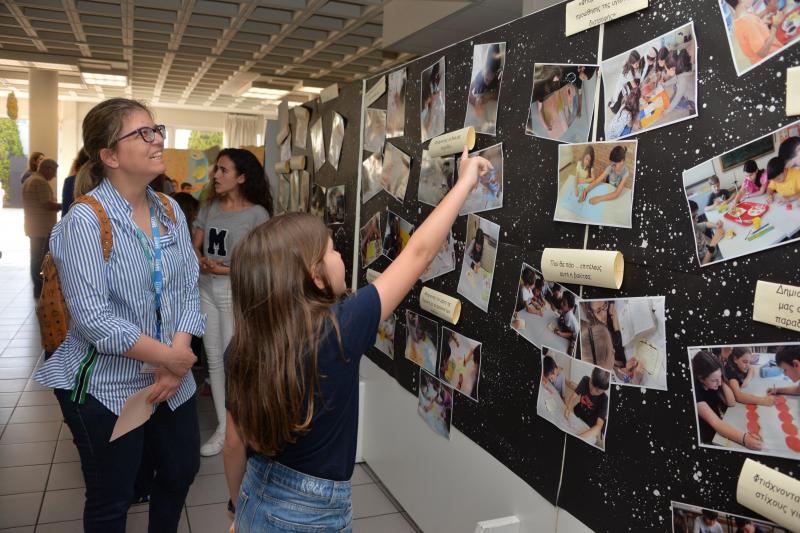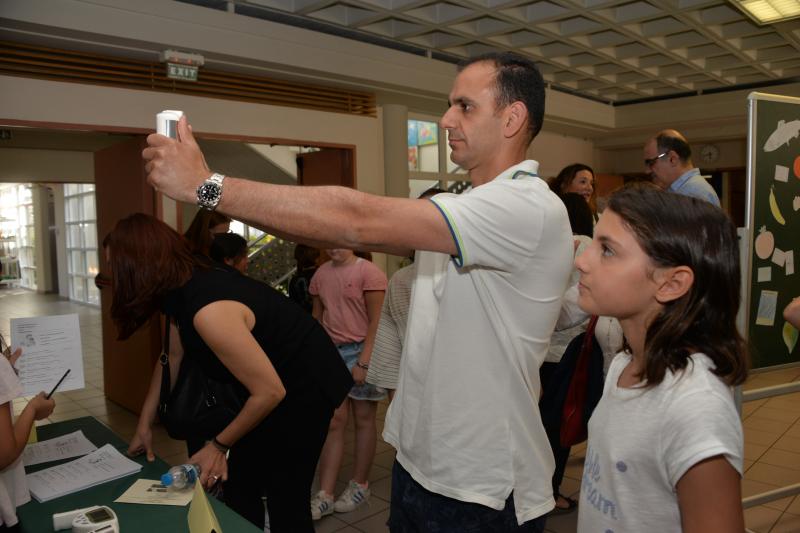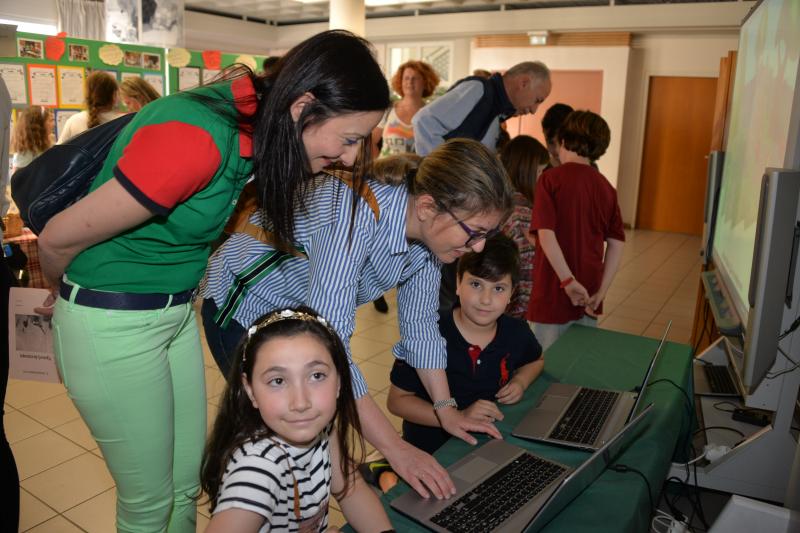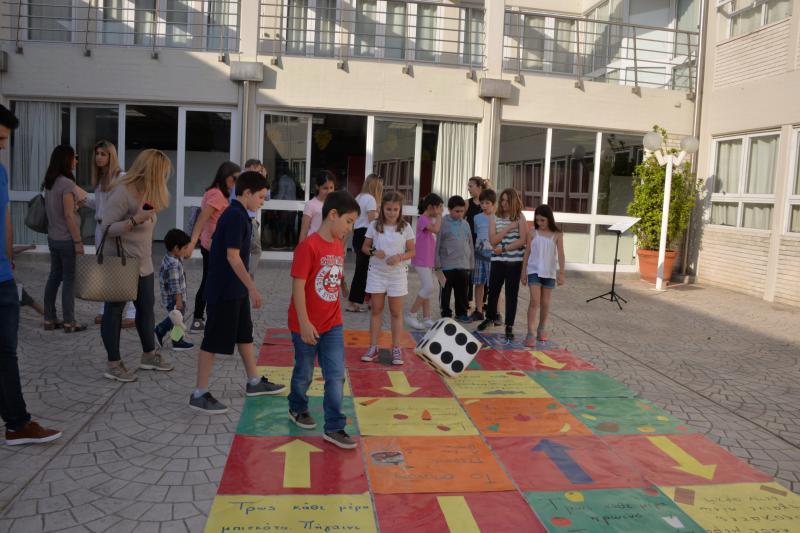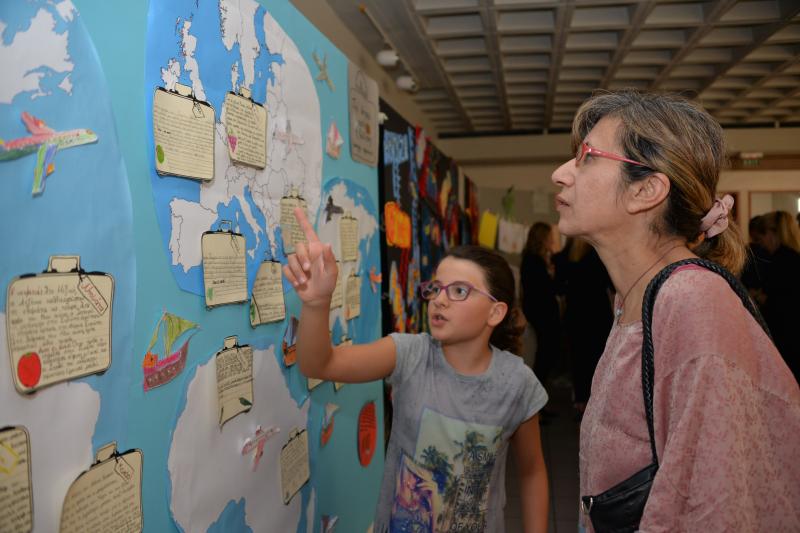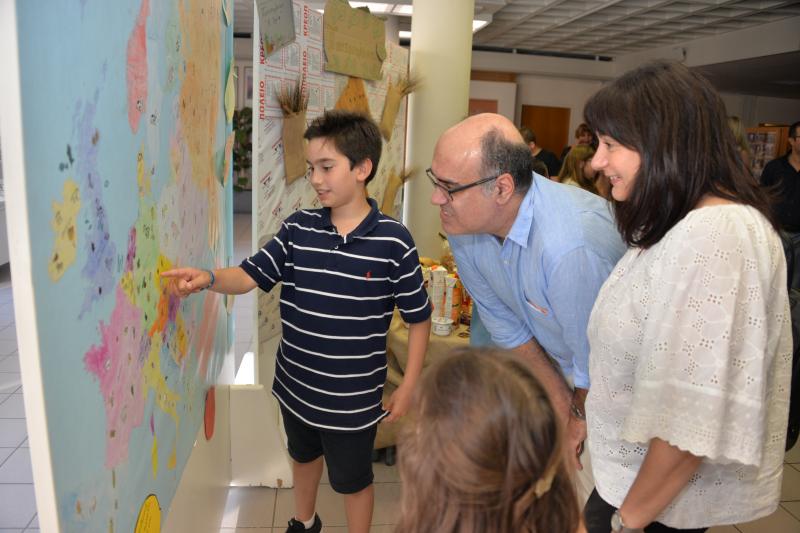
Hosted by OSOS , contributed by Vana Triga on 21 April 2018
Childhood obesity is a major global and European public health problem. Students and teachers will be engaged in a series of activities, data collection methods and discussions with the eventual aim to address the issue of obesity.
Students are familiarised with the concept of nutrition, different type of food, modern nutrition habits, healthy and mediterenean diet. They do action research by reflecting on their own eating habits and they investigate other students' eating habits. They study food advertisements and discuss how these influence eating patterns.
They present and discuss their research results with their classmates and parents. Through this project students are familiarised with healthy food and diet, and integrate healthier nutrition patterns into their everyday life.
.
Osjetiti
Obesity is a major problem globally in Europe and in Greece particularly, instead of the tradition about Mediterranean diet.
We got familiarised with the concept of nutrition, different types of food, modern nutritional and lifestyle habits, and the Mediterranean diet.
We had the chance to read some of the resources provided by our teacher, as well as perform our own internet search. their personal views and everyday diet habits.
Next they are involved and discuss everyday habits.
Zamisliti
Students are encouraged to think about the consequences of obesity, the factors that might lead to obesity (e.g. social environment) and to think about possible solutions.
First students are familiarised with nutrition and diet, healthy and unhealthy food, different nutrients, nutritional value and they discuss their personal views and everyday dietary habits.They record and reflect on their own everyday meals. Next, they investigate their peers' dietary habits through a questionnaire that they distribute to their peers.
After that, students study the way social environment influences their eating habits. Students study advertisementsthat they see/observe in their neigbourhood or watch/listen to the media. They categorise advertisements that promote healthy/unhealthy food and they comment on the way these promotions influence their everyday dietary habits.
Kreiraj
Project Activities
1. Familiarisation of students with nutrition and diet
The teacher uses a variety of educational resources (online, videos, newspaper articles etc) in order to provoke a discussion about nutrition and modern nutrition habits. Issues such as healhty and unhealthy food, different nutrients and nutritional value are tackled. Students share their personal views and everyday dietary and lifestyle habits.
2. Visit at the Museum of Experiments
The children at this visit learned how important the right diet is, how food travels in our body and this “journey” was practiced with a touch-game. They also learned about the types of food, and with relevant food chemistry experiments. With the use of microscopes, they discovered the basic ingredients of food. Finally, they composed the food pyramid and found out what to eat and how much.
3. Visit of an expert to our school
Mrs. Bathellou (PhD Dietitian-Nutritionist-Harokopio University) visited our school to discuss with children about the right diet and the diet they follow. She also gave them the right directions to create their own questionnaires.
4. Interviews
The children became young journalists and prepared their own questions so as to interview nutritionists and professional chefs. Questions addressed to nutritionists were about proper nutrition, how many meals to eat daily, what to look after depending on our age, combinations of food as well as how important exercise is in our lives.
5. Reflect on personal dietary habits
The teacher in cooperation with his/her students develop a weekly "diet diary template" where each student records what he/she eats every day. Students record their meals for 15 days. After collecting the data, students reflect on their diaries. This way students realise their own habits and diet patterns.
6. Investigate peers' dietary habits
The teacher in cooperation with his/her students develop a questionnaire aiming to investigate students' diet everyday habits. Students design the questionnaires, distribute and explain them to other students', collect and analyse data. Students present their results to their peers and make their proposals for healthier diets.
7. Study advertisements
The teacher in cooperation with his/her students develop an observation sheet () where each student records the advertisements that he/she sees/observes/listens for two weeks. The students discuss their results in the classroom. Students categorise advertisements that promote healthy/unhealthy food comment on the way these promotion influence their everyday eating habits.
